Building cost effective data pipelines with Python & DuckDB
Start Data Engineering
MAY 28, 2024
Building efficient data pipelines with DuckDB 4.1. Use DuckDB to process data, not for multiple users to access data 4.2. Cost calculation: DuckDB + Ephemeral VMs = dirt cheap data processing 4.3. Processing data less than 100GB? Introduction 2. Project demo 3. Use DuckDB 4.4.

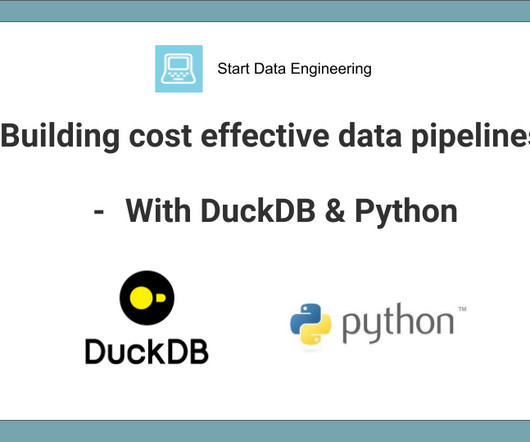





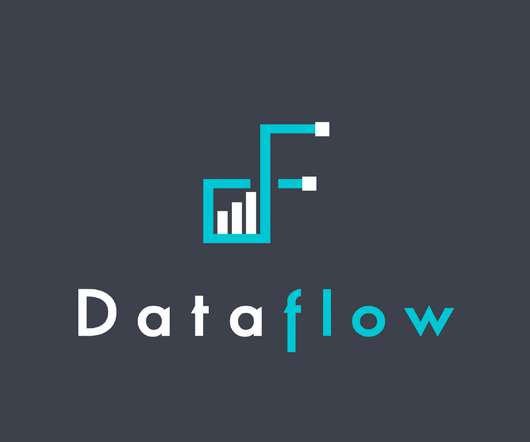


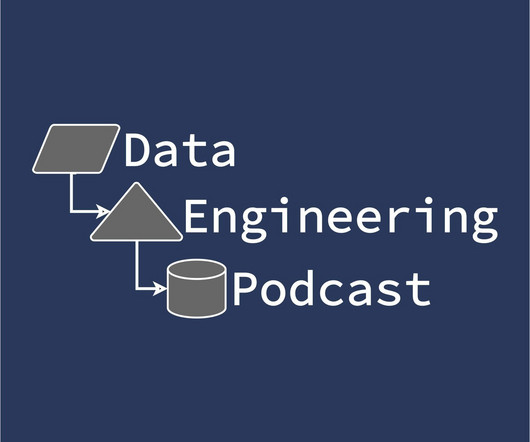




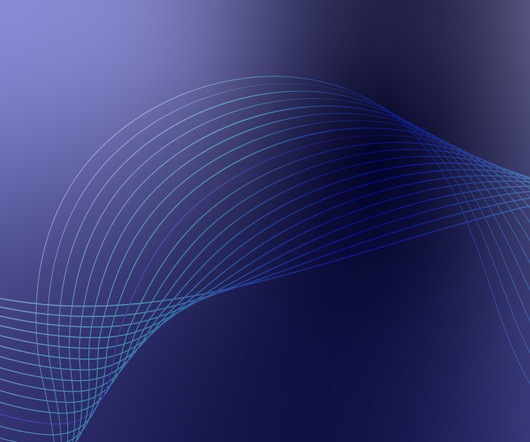
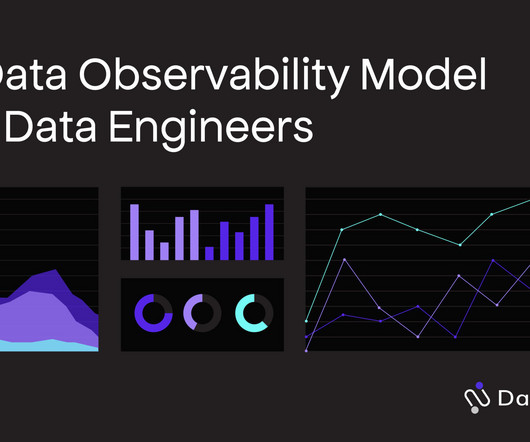


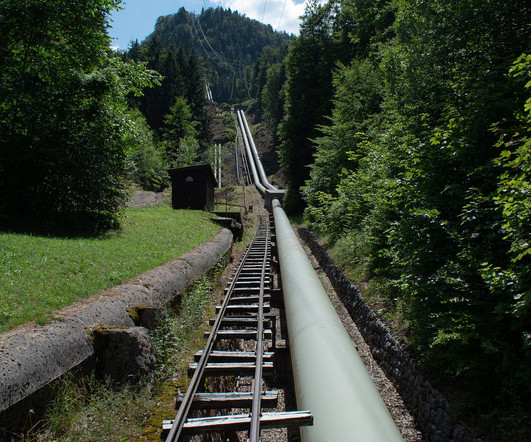














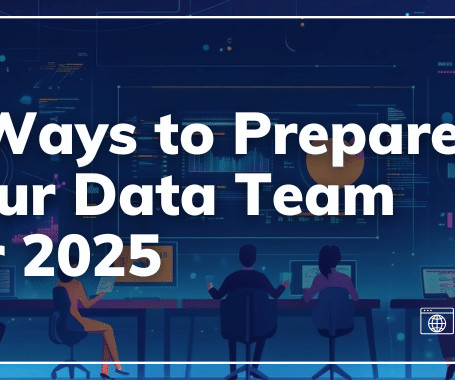


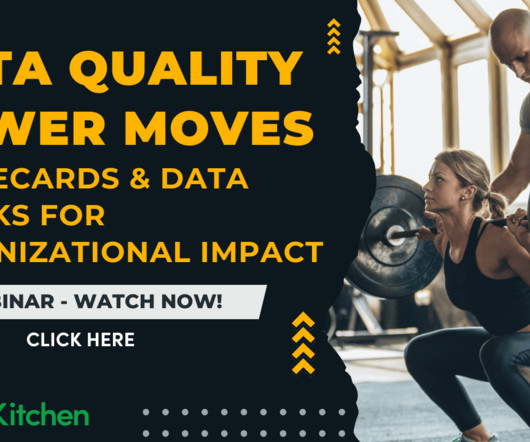








Let's personalize your content